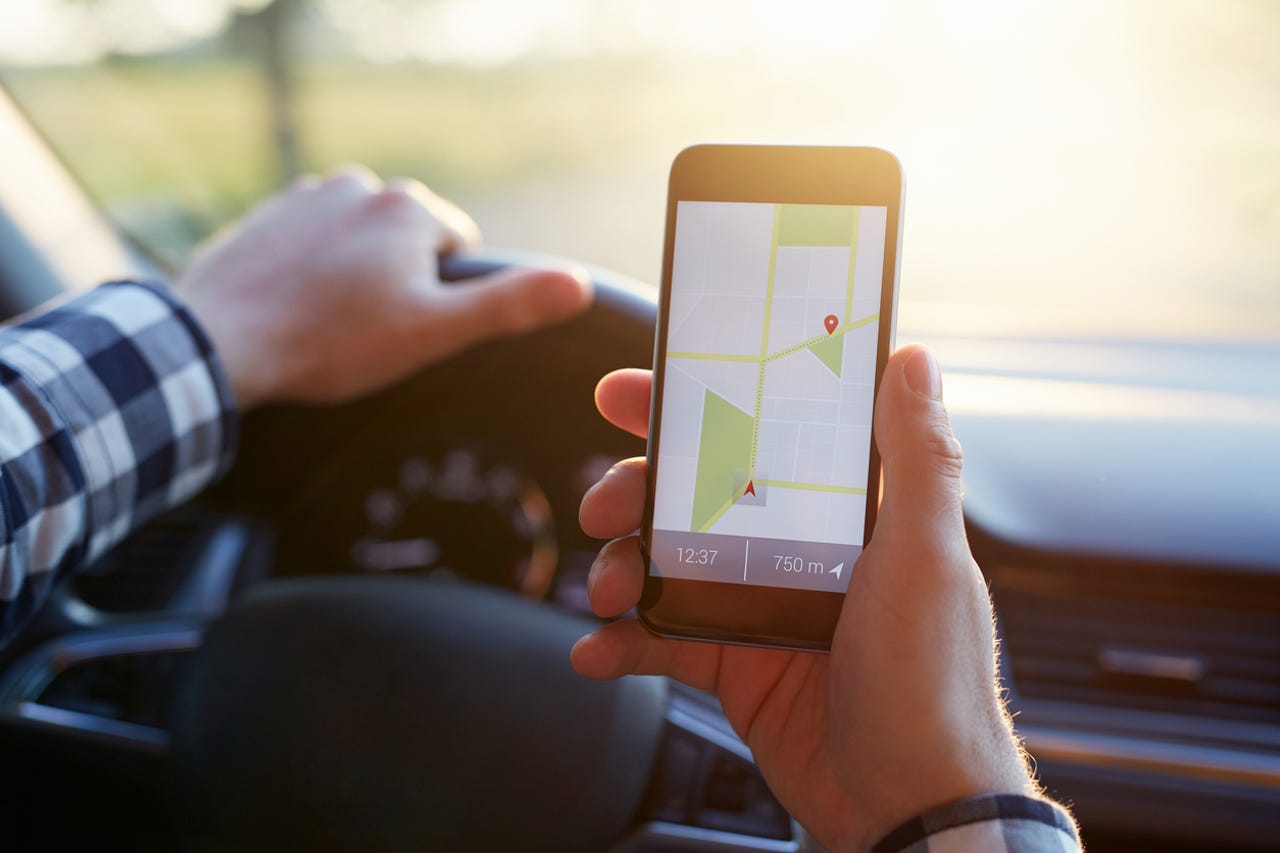Your phone's GPS is about to get a massive upgrade


Broadcom's new GPS receiver offers phones traffic lane-level accuracy, which should vastly improve vehicle navigation.
The GPS receiver in some of next year's smartphones will be accurate to within about 30cm or 1ft, instead of five meters or 16.4ft, according to IEEE Spectrum.
That new level of accuracy will be in phones equipped with Broadcom's new BCM47755, "the world's first mass-market, dual-frequency" global navigation satellite system (GNSS) receiver.
Broadcom said the chip has been included in the design of some phones set for release in 2018, according to IEEE Spectrum.
The new GPS receiver offers phones traffic lane-level accuracy, which should vastly improve vehicle navigation while benefiting location-dependent apps, such as ride hailing services, augmented reality, and fitness apps.
The dual-frequency approach is currently used in the oil and gas exploration industry, but has eluded consumer devices due to a lack of newer GNSS satellites, and smartphone battery constraints.
The new chip takes advantage of today's greater availability of L1 and L5 frequency bands beamed from satellite constellations, and uses a combination of the two frequencies instead of one to compute a position.
The result is a more accurate position in cities and open areas. Better yet, it should mean longer lasting phone batteries as the BCM47755 uses less than half the power of Broadcom's previous receivers, according to the chip maker.
The chip is equipped to receive signals from GPS satellites, Russia's Glonass, Europe's Galileo, and China's BeiDou navigation satellite systems.
As IEEE Spectrum notes, all these GNSS satellites broadcast messages in an L1 signal, while newer satellites broadcast a more complex signal called L5. L1 provides an initial position that is refined with L5, which is also less prone to distortions caused by signals bouncing off buildings in a city.
There are now about 30 L5 satellites in orbit offering enough coverage in cities to warrant mass-market dual-frequency receivers, according to Broadcom's Manual del Castillo.
The European Space Agency says it optimized Galileo for dual-frequency services in preparation for mass-market usage. It's been working with Broadcom on L1/E1 and L5/E5 support over the past year.
"We are glad to see the industry recognizing the advantages of dual-frequency GNSS receivers, including Galileo E1 and E5," said Carlo des Dorides, executive director of European GNSS Agency, Galileo market development. "We believe Galileo's contribution is instrumental to reach mass-market GNSS centimeter-level accuracy."
Broadcom says it's testing the new chip with partners and customers but hasn't revealed their names. The chip will be available for phones, tablets and wearables.